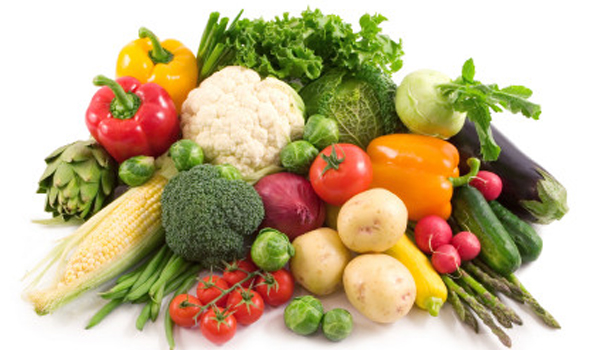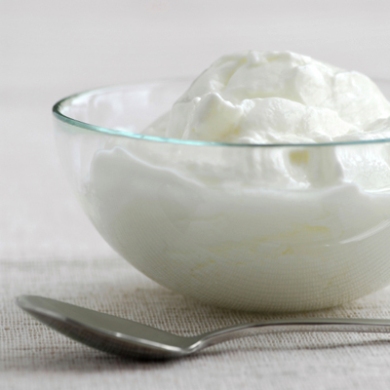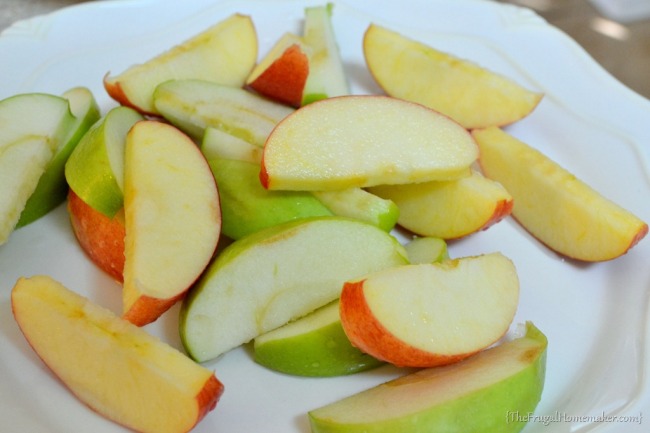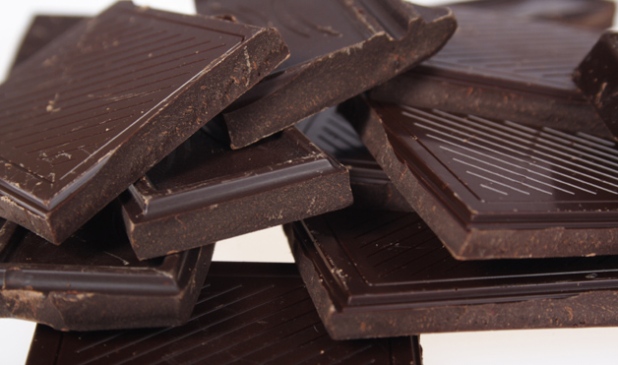Hi guys,
Unless you live in a cave, you probably has seen it EVERYWHERE those days…Protein this, protein that…EVERYWHERE.

But do you really need that much protein all day long to be healthy?
First here are the daily recommendations for protein intake :
- Babies need about 10 grams a day.
- Teenage boys need up to 52 grams a day.
- Teenage girls need 46 grams a day.
- Adult men need about 56 grams a day.
- Adult women need about 46 grams a day
First let’s answer a few questions:
What is protein?
Protein is a macronutrient ( a chemical element or substance required in relatively large quantities in nutrition) and is the building block of human and animal structure.
Proteins serve different functions in the body:
- formation of the brain, nervous system, blood, muscle, skin and hair
- the transport mechanism for irons, vitamins, minerals, fats and oxygen
- fluid balance
- formation of enzymes that speed up the chemical reactions to milliseconds that might otherwise take years
- making of antibodies that fight infections
- break down for energy in case of energy deprivation
Why is it important?
Well as stated below, it is the building block of human structure.

Resistance training and cardiovascular exercise induce muscular and structural damage and because protein helps the muscles and tissues repair and rebuild themselves it is a very important part of our daily nutrition.
So be mindful that unless you workout you do not need to repair your muscles so you do not need extra protein!
How much do we really need?
The recommended daily intake is :
56 grams for the average sedentary man
46 grams for the average sedentary woman
The way to figure it out for yourself is that we need at least 0.8 grams of protein per kilogram of body weight:
If you are a 140 lbs woman, you weight 63 kilograms (divide the pounds by 2.2) so you need at least 50.4 grams (63 x 0.8) per day.
50 grams of of protein is about 1.8 oz
You should get at least 10 % but no more than 35% of your daily calorie intake from protein.
How do I know how much I am getting?
You need to figure out YOUR daily need which should be right around 45 to 50 grams per day or 1.6 to 1.8 oz per day if you are a woman and figure the rest by reading the labels.
But let’s not be fooled, chances are you are getting enough per day!
Which proteins to choose:
Protein quality varies and professional use a complicated mathematical calculation to determine the quality of proteins.

Here is a list of the healthiest:
- Casein, egg, milk, whey, soy
- beef
- black beans
- peanuts
- wheat gluten
Overall, with the exception of soy, the highest quality proteins typically come from animal sources such as egg,milk, meat, fish, and poultry. They all (soy too) contains all of the amino acids and are easily digestible and absorbed.
Fruits, vegetables, grains and nuts are incomplete proteins and must be consumed in complimentary combinations over the course of a day to assure intake of each of the amino acids.
Other considerations:
It is important to remember the other non-protein health and harms from consuming certain foods.
Beef for example is a very good protein source but it is also high in saturated fats and calories. a 6 oz broiled porterhouse contains 38 grams of protein but also has 44 grams of fat, 16 of them being saturated. That is almost 3/4 of the recommended daily intake for saturated fat in one piece of meat!

So the big question, do we really need all that protein stuff out there?
Well as every trend (gluten free, paleo…) the big companies definitely jump all over and try to sell you their healthiest craze.
But do you really need that 20 gram of protein that one candy bar will give you?
The real question is :
Do you really need those 25 grams of sugar that nobody notices because they are so obsessed with getting their protein to repair their muscles that they didn’t use?
Be mindful of the trends out there and always keep in mind what you are trying to accomplish.
If you are on a healthy lifestyle trying to lose weight, having one mega giant protein bar for your breakfast might not be the answer.
Always read your labels and know what you really need and unless you are a professional athlete, you do not need to worry about your protein intake and a healthy well balanced diet is plenty for you.
Do not spend extra $$$ on protein powder, protein drinks, protein bars or protein whatever, your body will most likely not benefit much from the extra sugar, fat or carbs!
- KNOW WHAT YOU NEED
- READ THE LABEL
- KNOW WHAT YOU ARE GETTING
- KNOW IF YOU NEED MORE OR LESS
THE MORE YOU KNOW, THE BETTER YOU LIVE!
Ciao for now!



 Make sure to choose dark chocolate that has 70% or more cocoa which means less sugar and fat.
Make sure to choose dark chocolate that has 70% or more cocoa which means less sugar and fat.



























